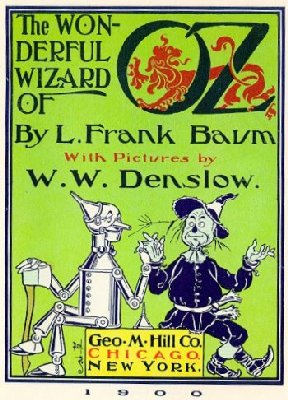Bizarro Lois
Sr Member
I thought this was interesting, since the actual books are considered to be in the public domain. And there are A LOT of differences between the Baum books and the movies. So does this mean film makers and artists can still use characters from the books, as long as they don't resemble the movie versions too closely? That's my understanding of the Disney situation - the majority of their classic characters are taken from fairy tales. So can you still create works featuring the book versions? For examplt, that Lion is basically a big lion, and not a guy walking on two feet?
Or has Warner Bros managed to prevent ANYTHING based on the Baum books from being made?
WB's Trademark Battle Over Oz | The Mary Sue
Warner Bros. Wins Scary 'Wizard of Oz' Copyright Ruling | CraveOnline
Or has Warner Bros managed to prevent ANYTHING based on the Baum books from being made?
WB's Trademark Battle Over Oz | The Mary Sue
Warner Bros. Wins Scary 'Wizard of Oz' Copyright Ruling | CraveOnline


